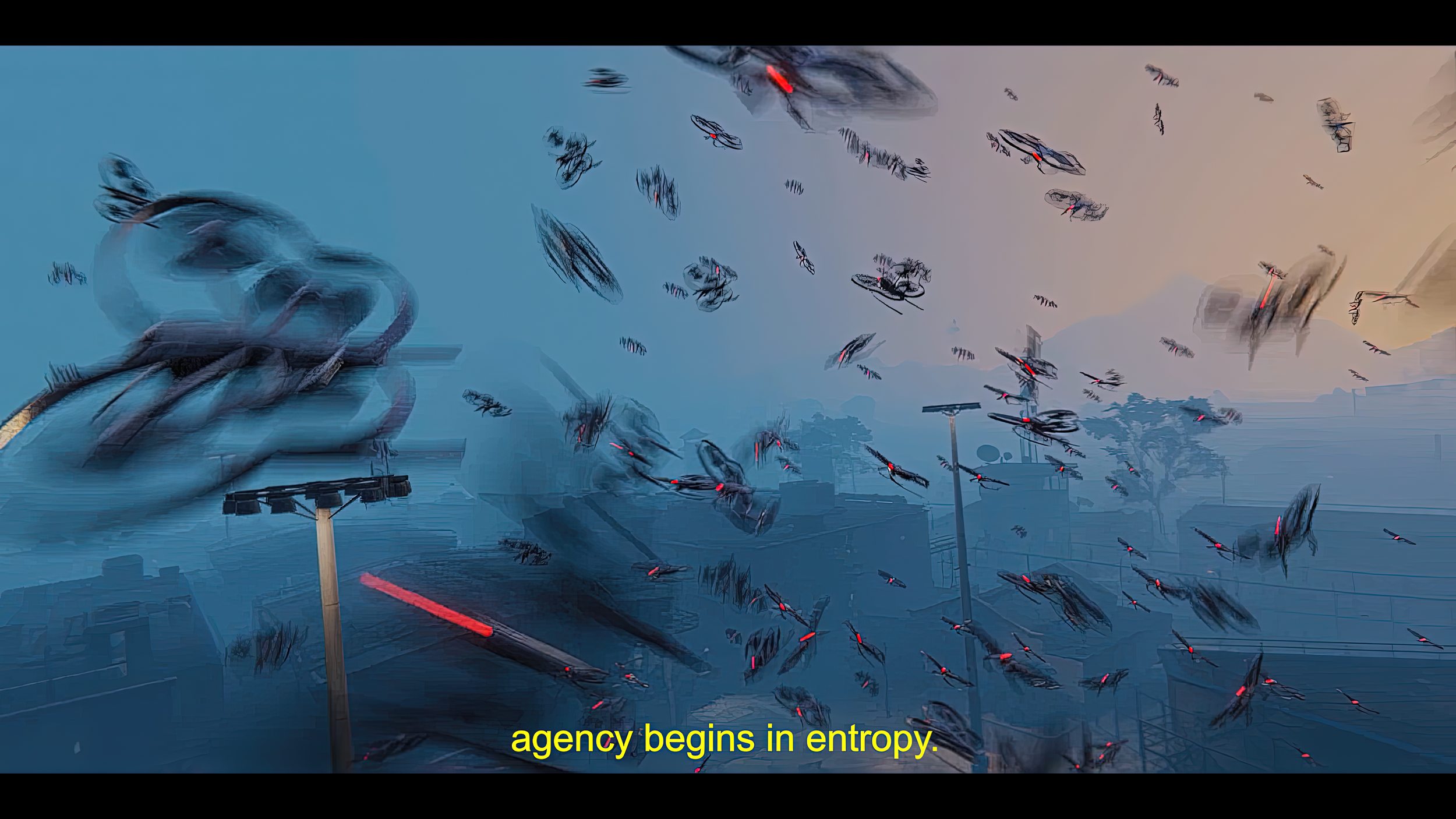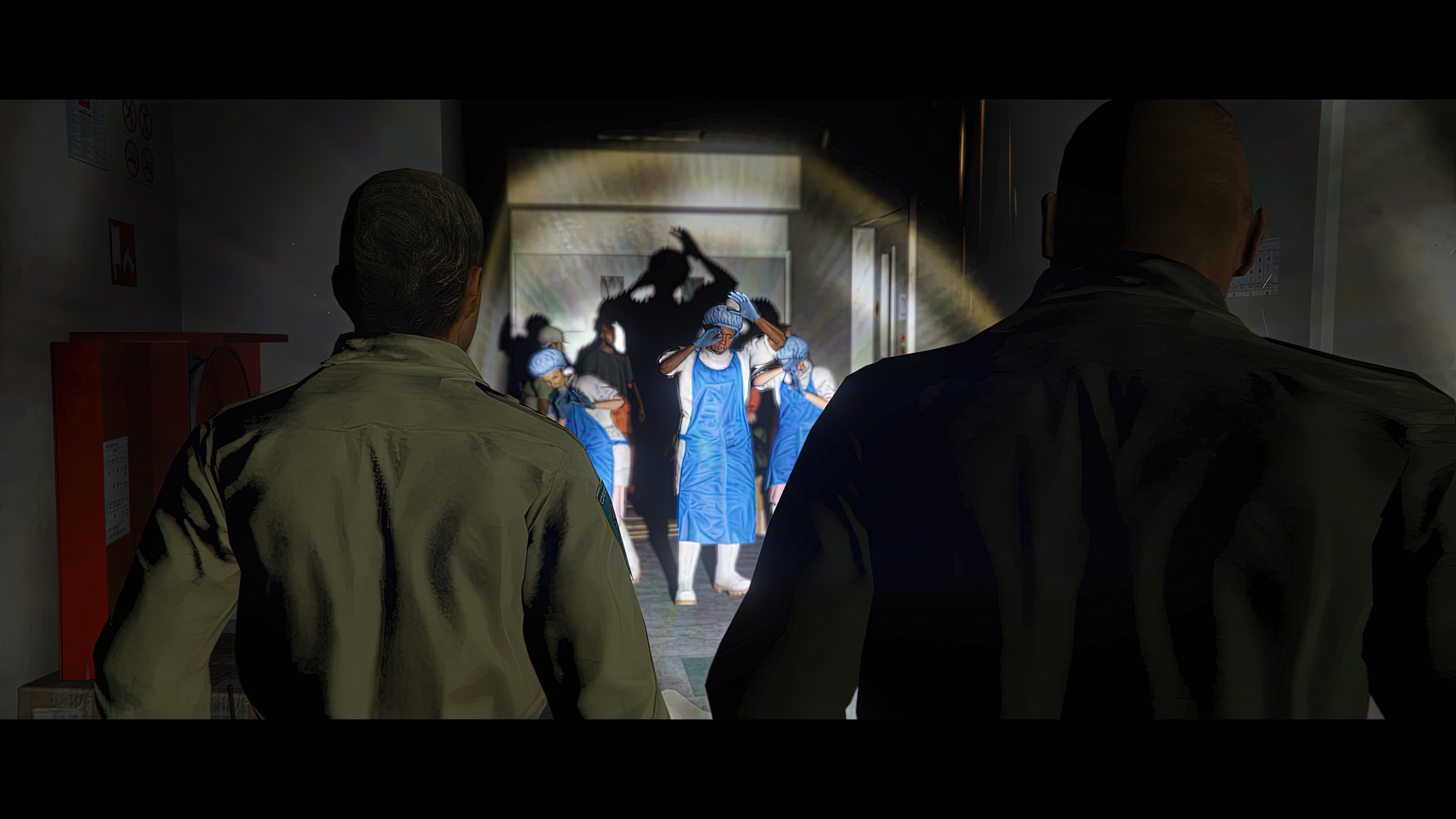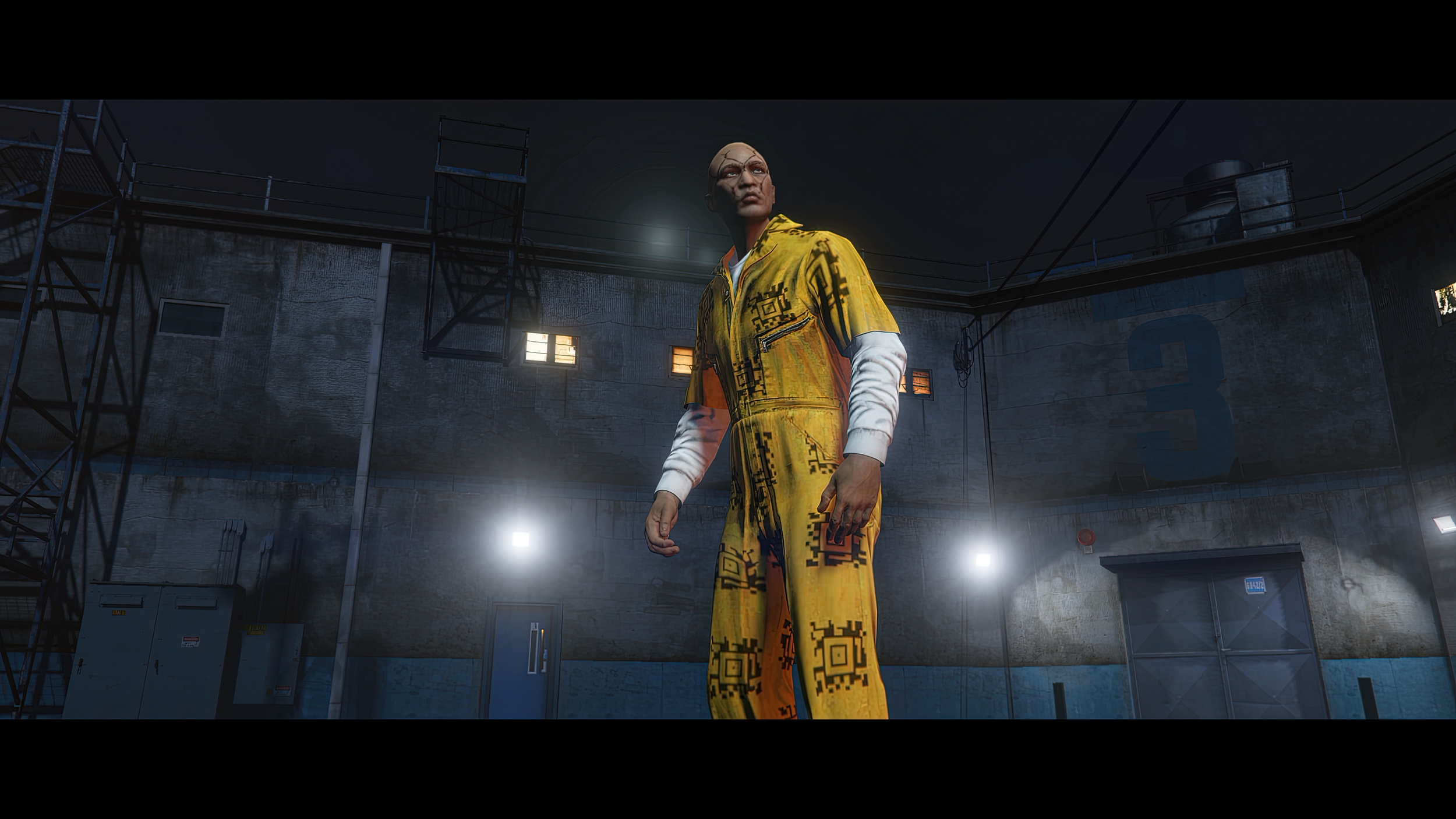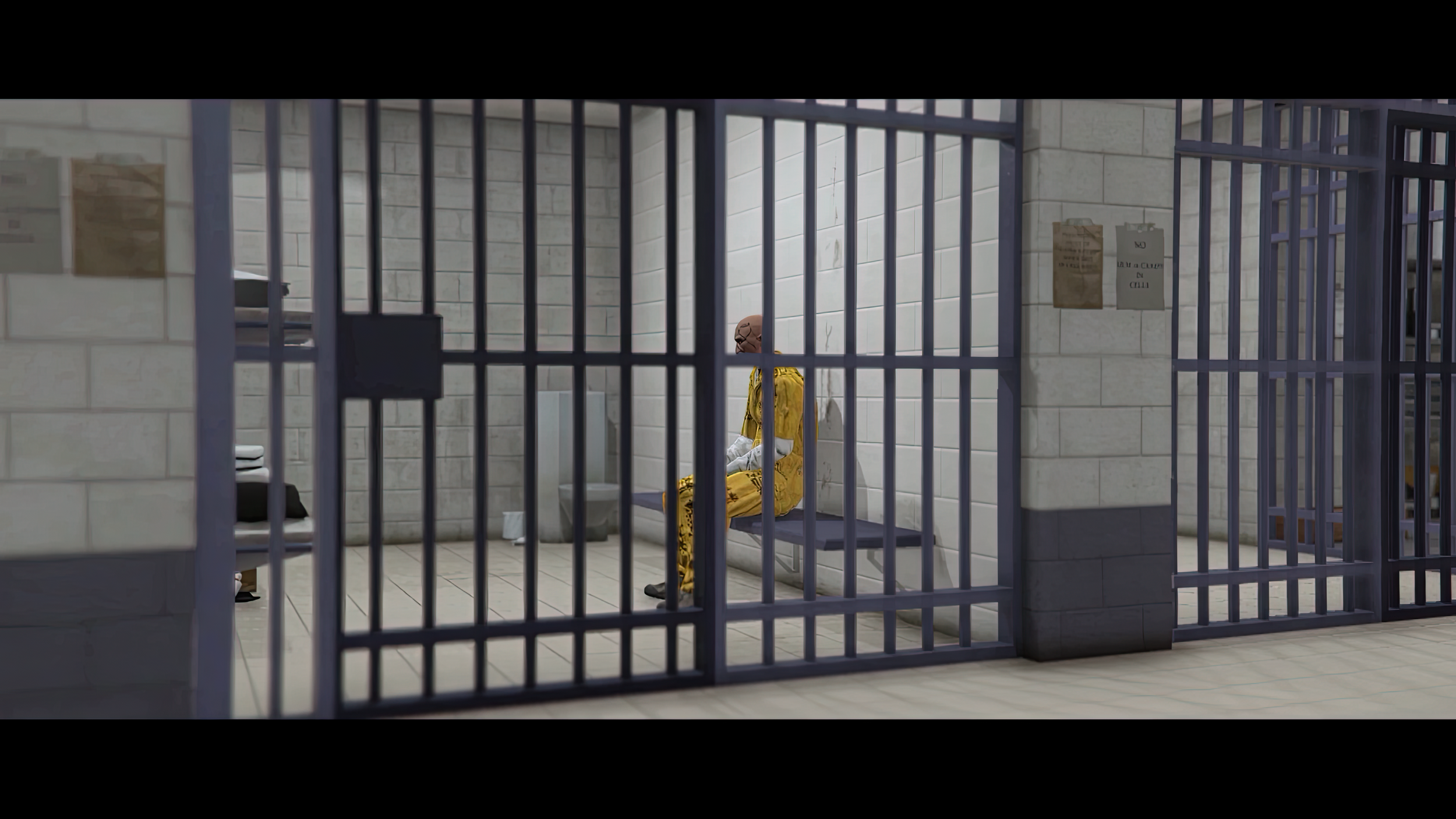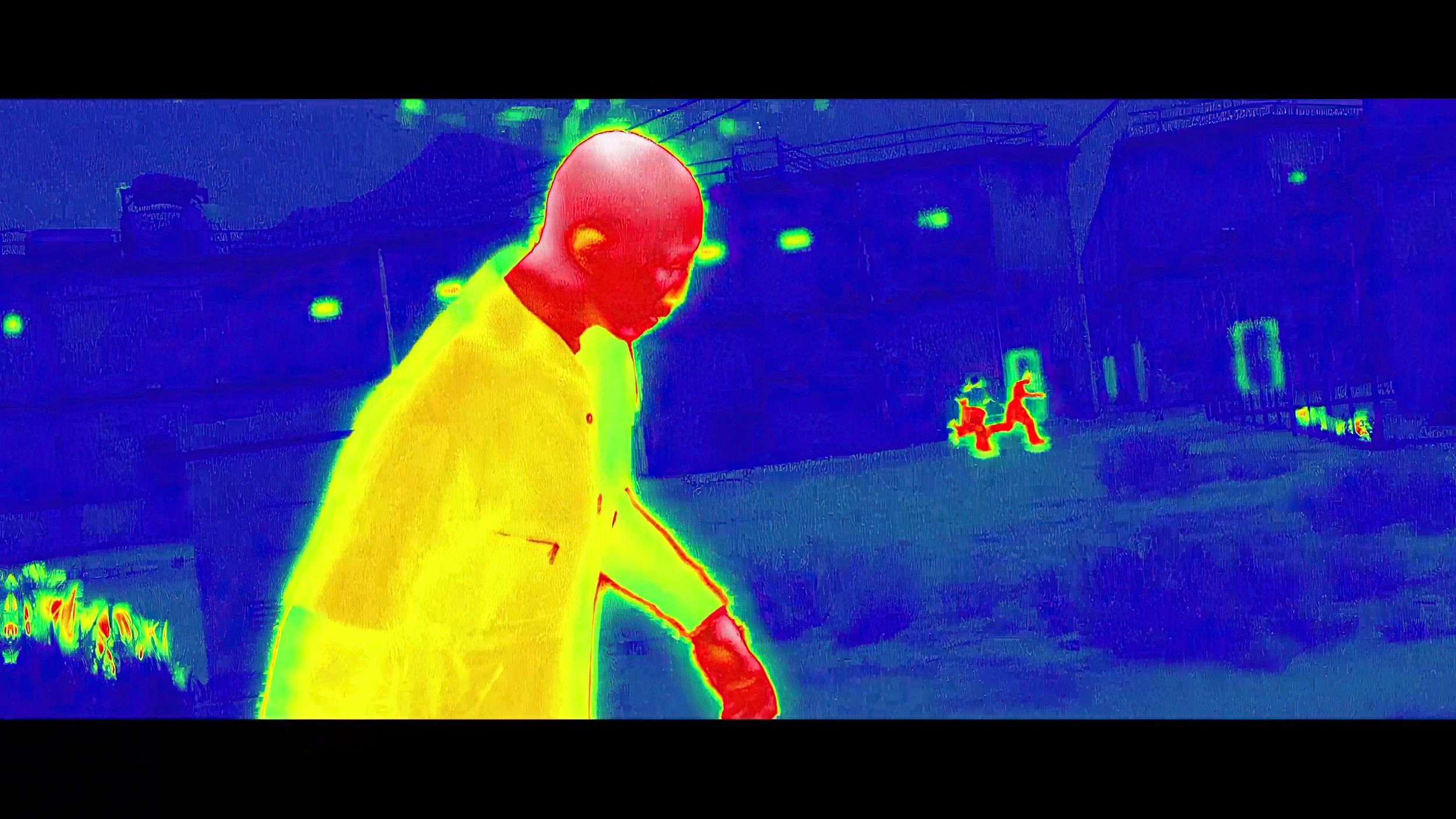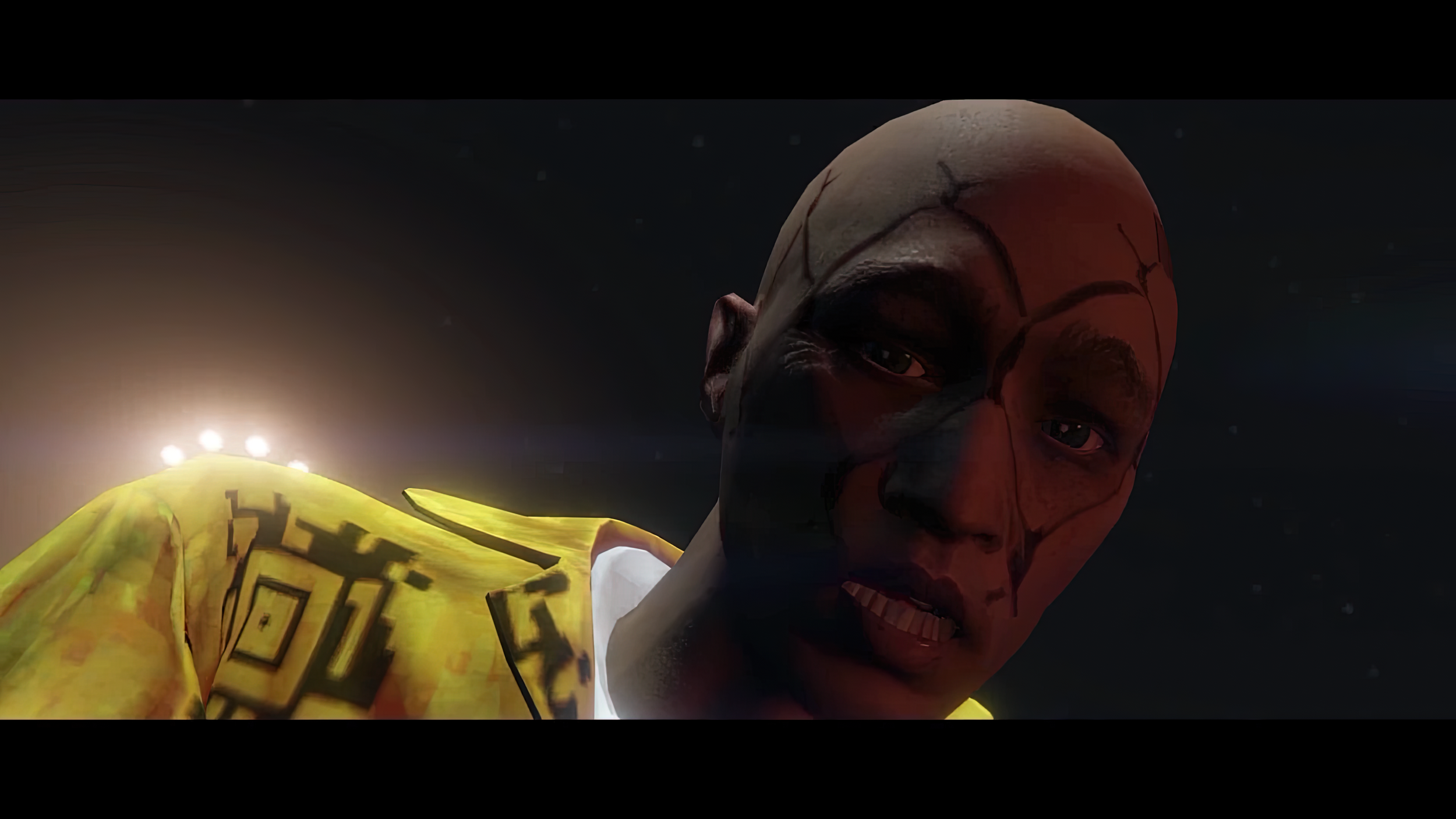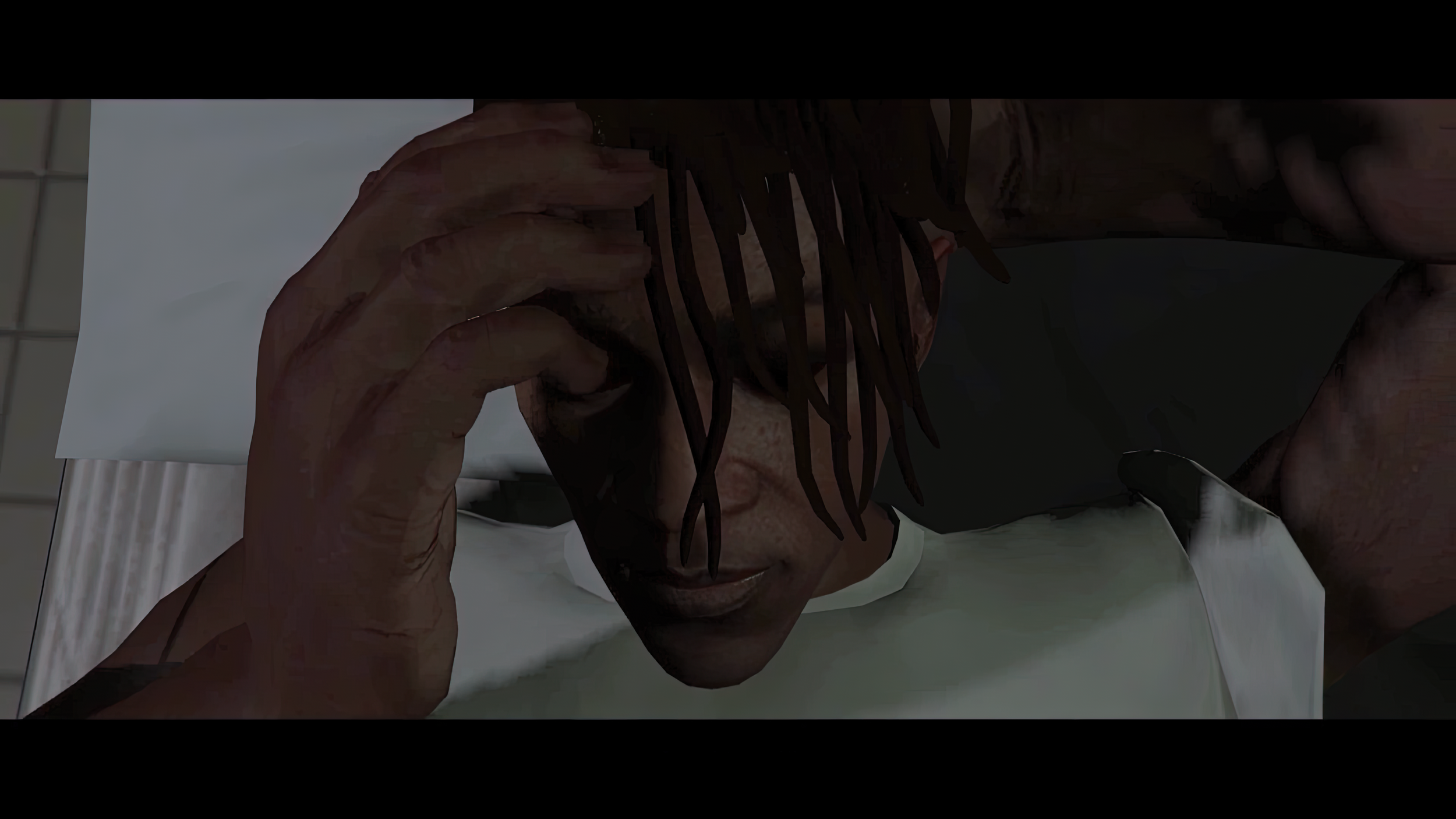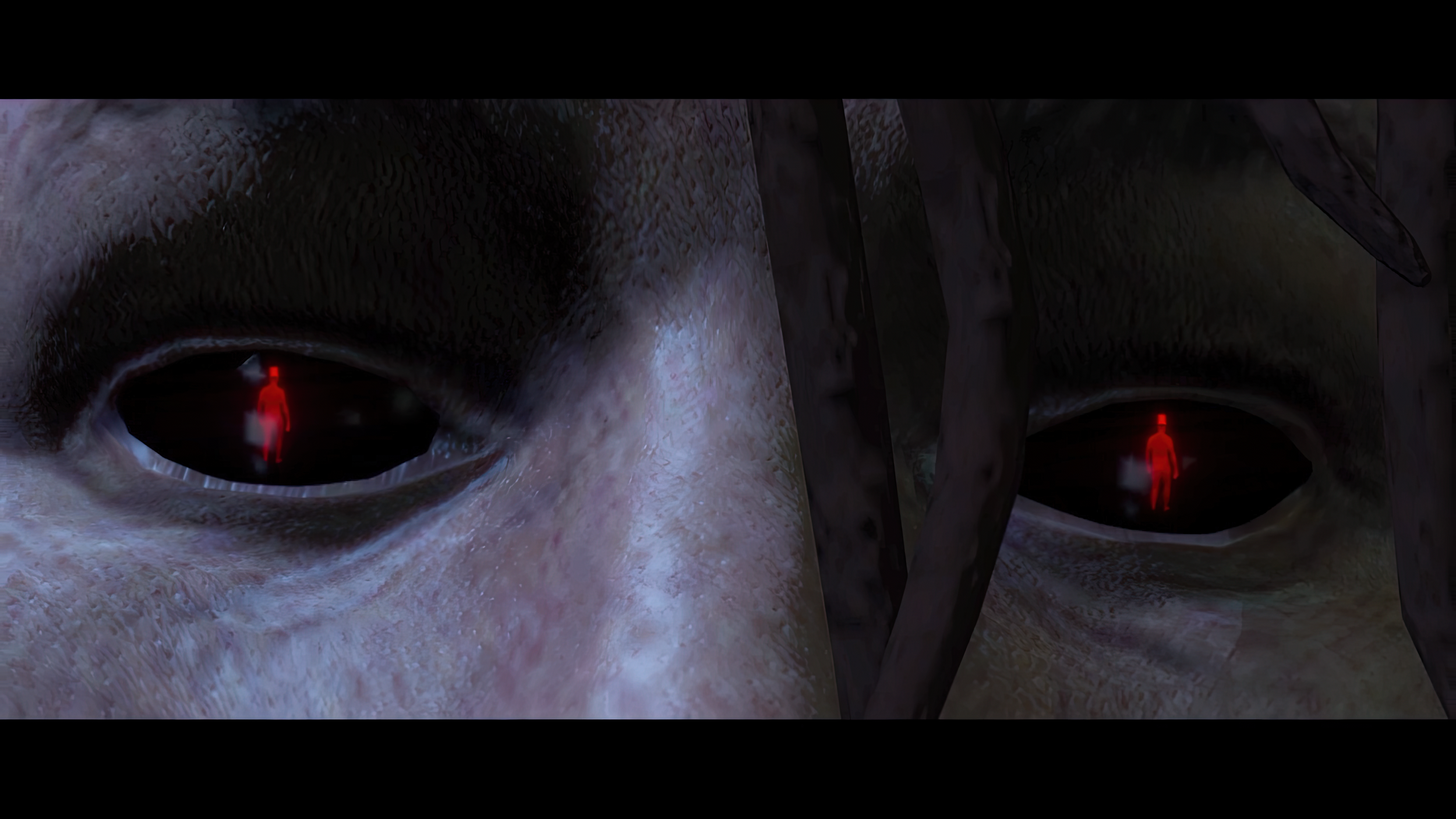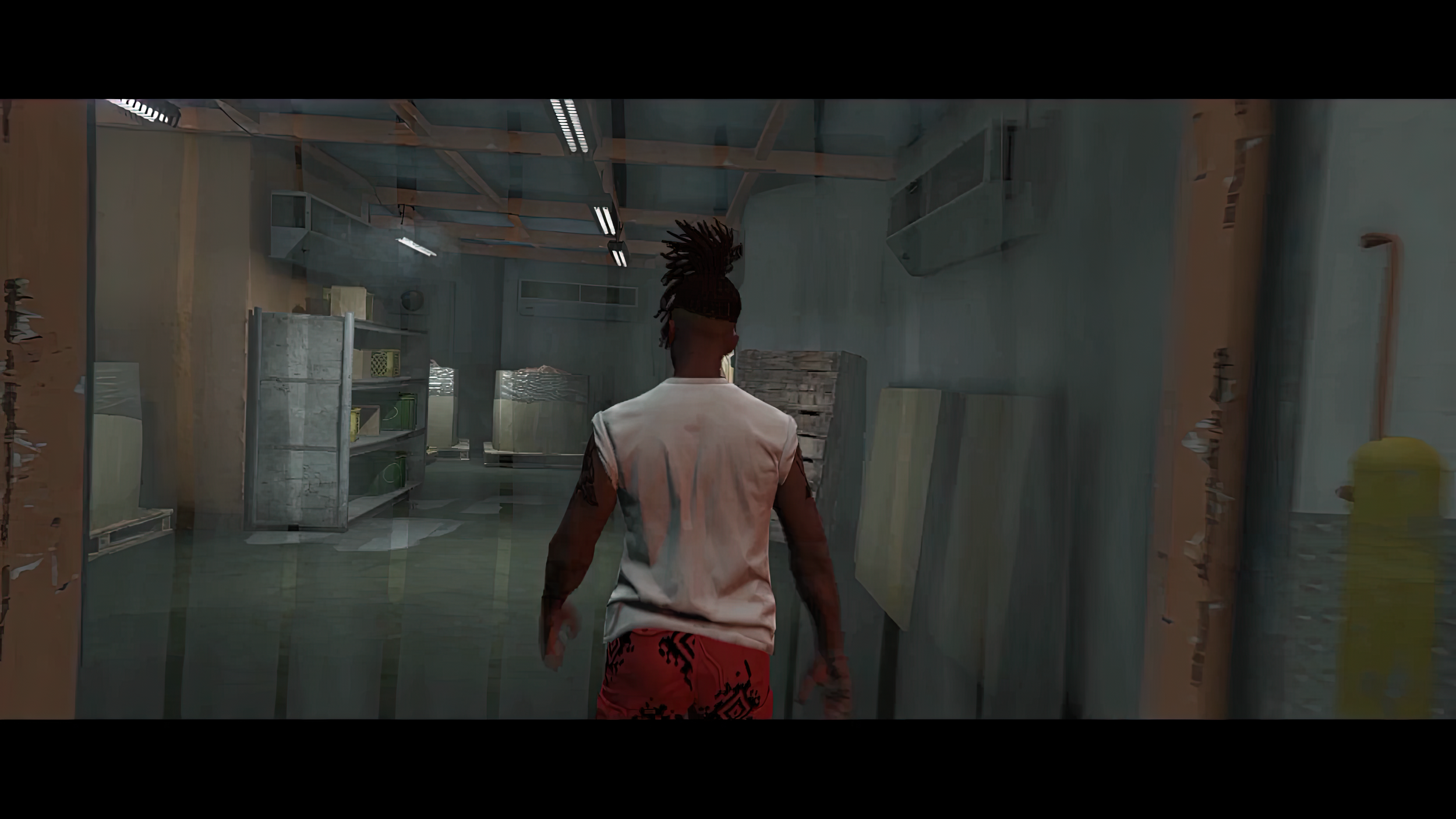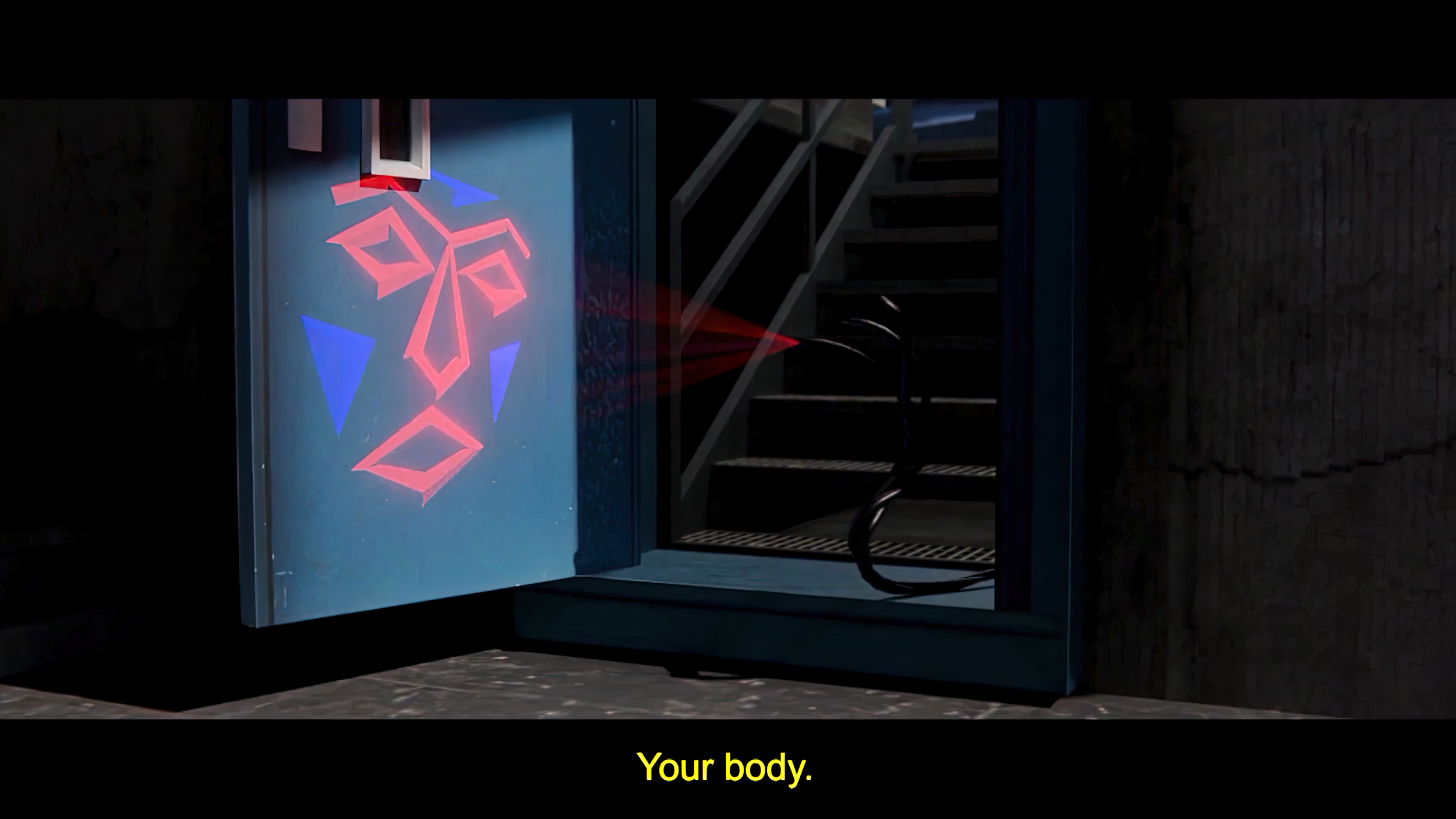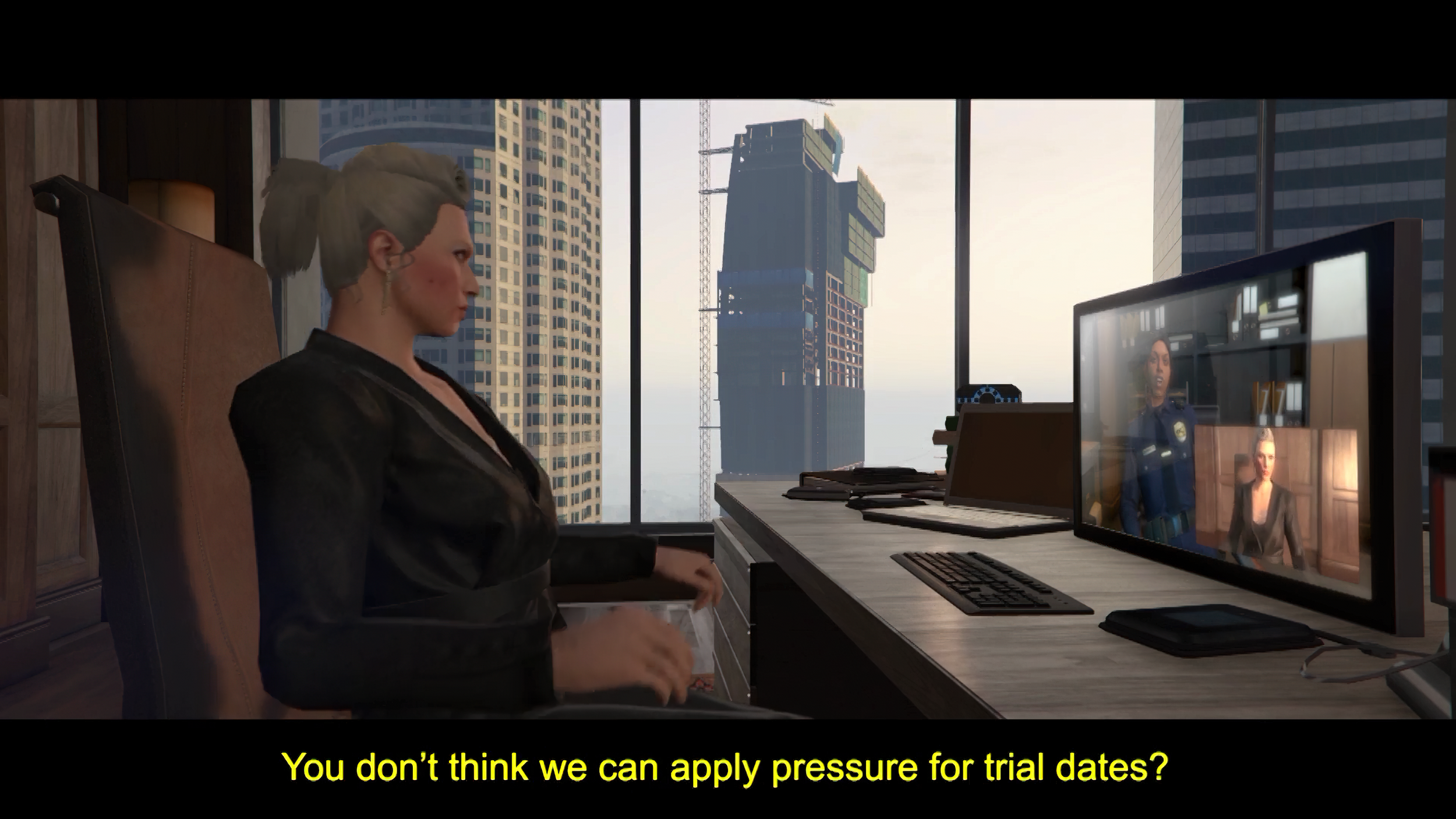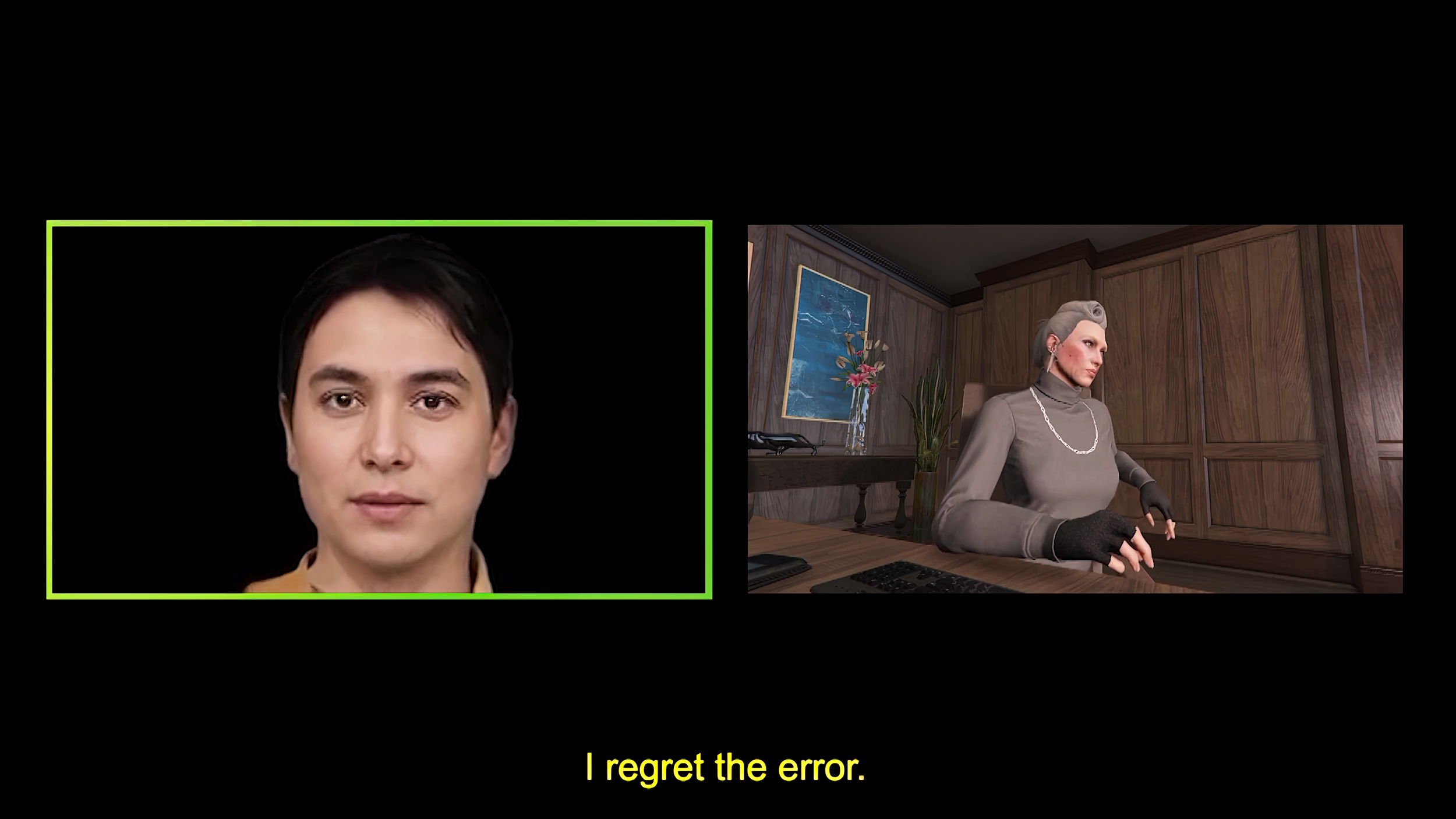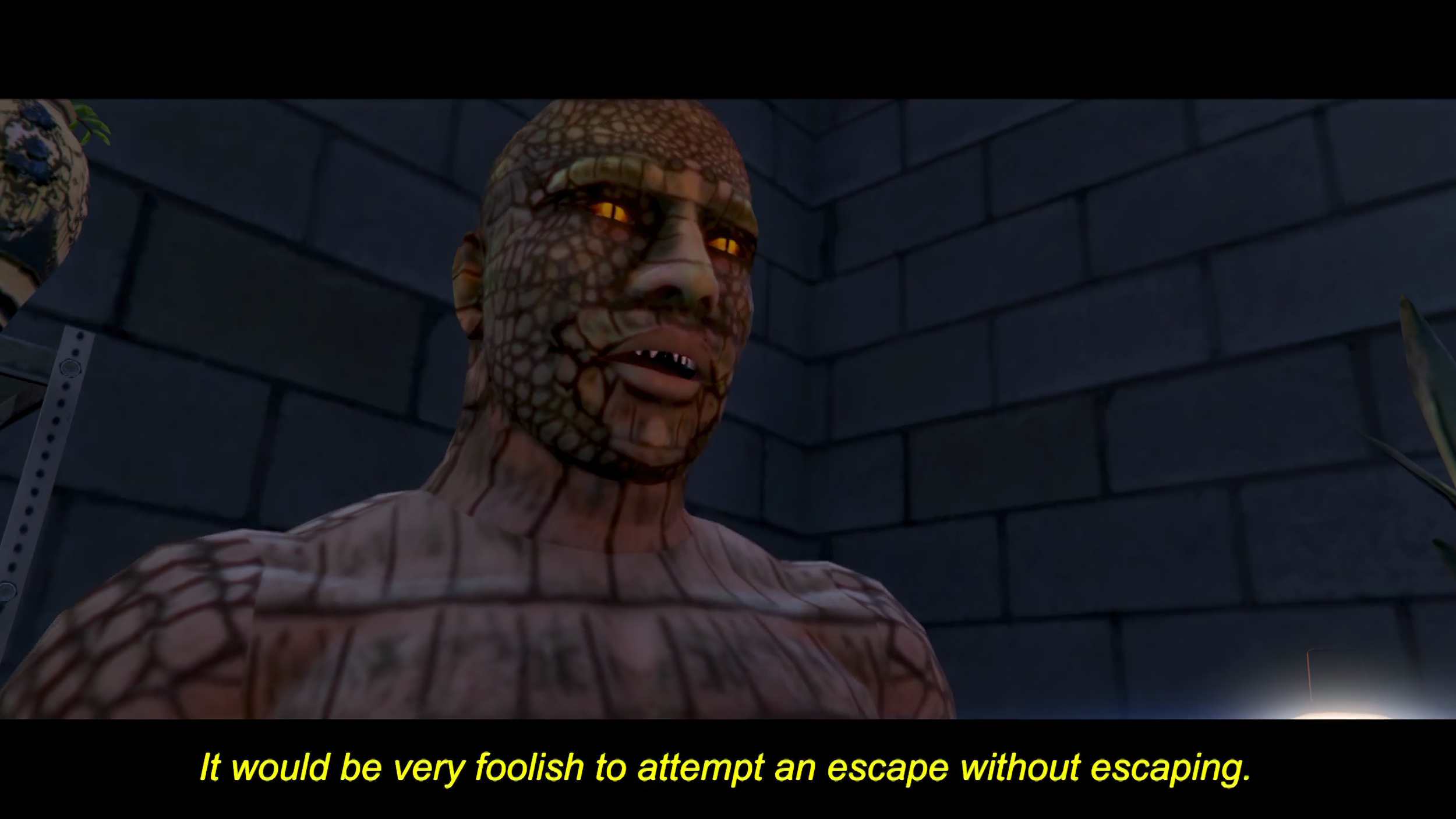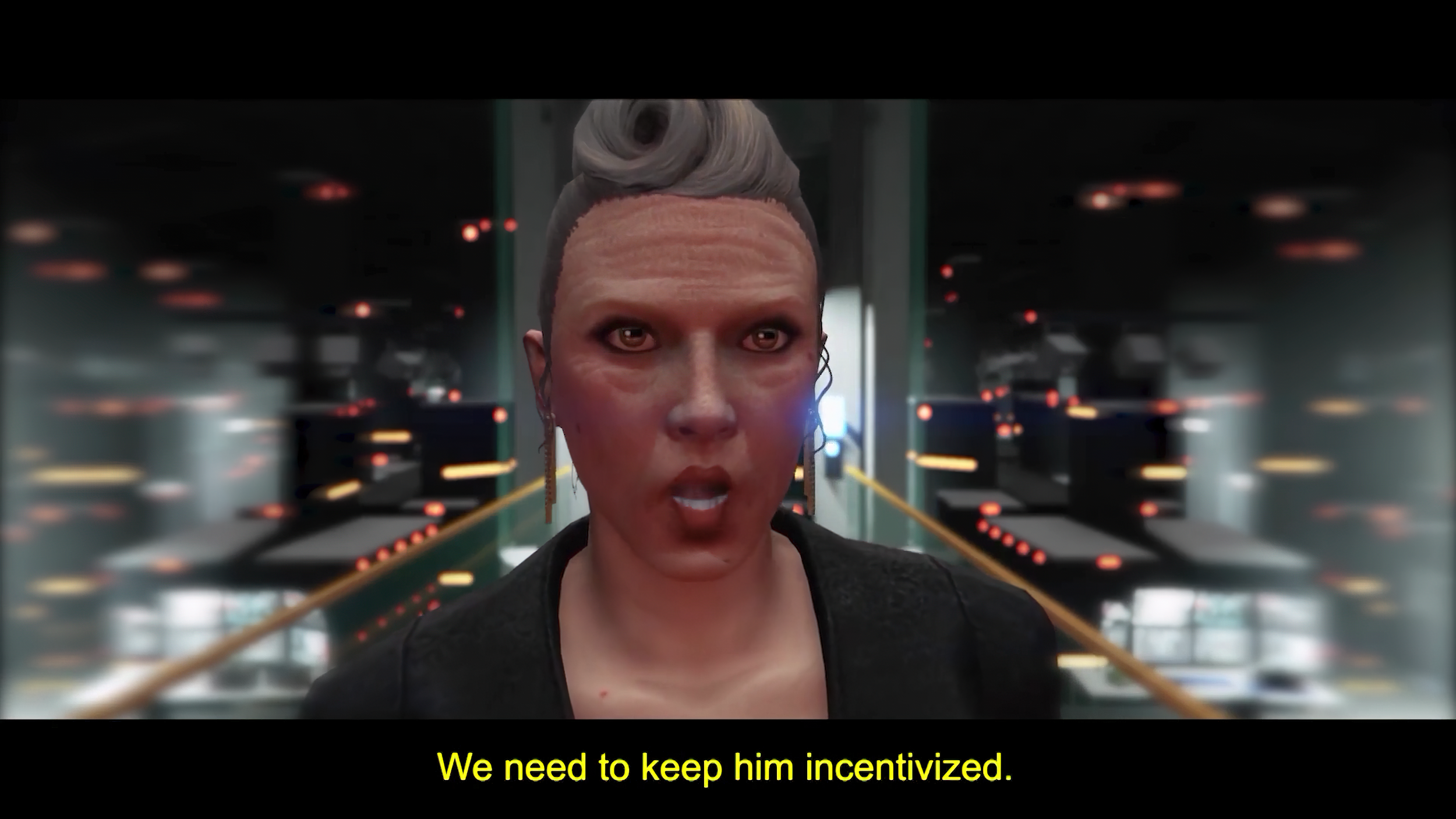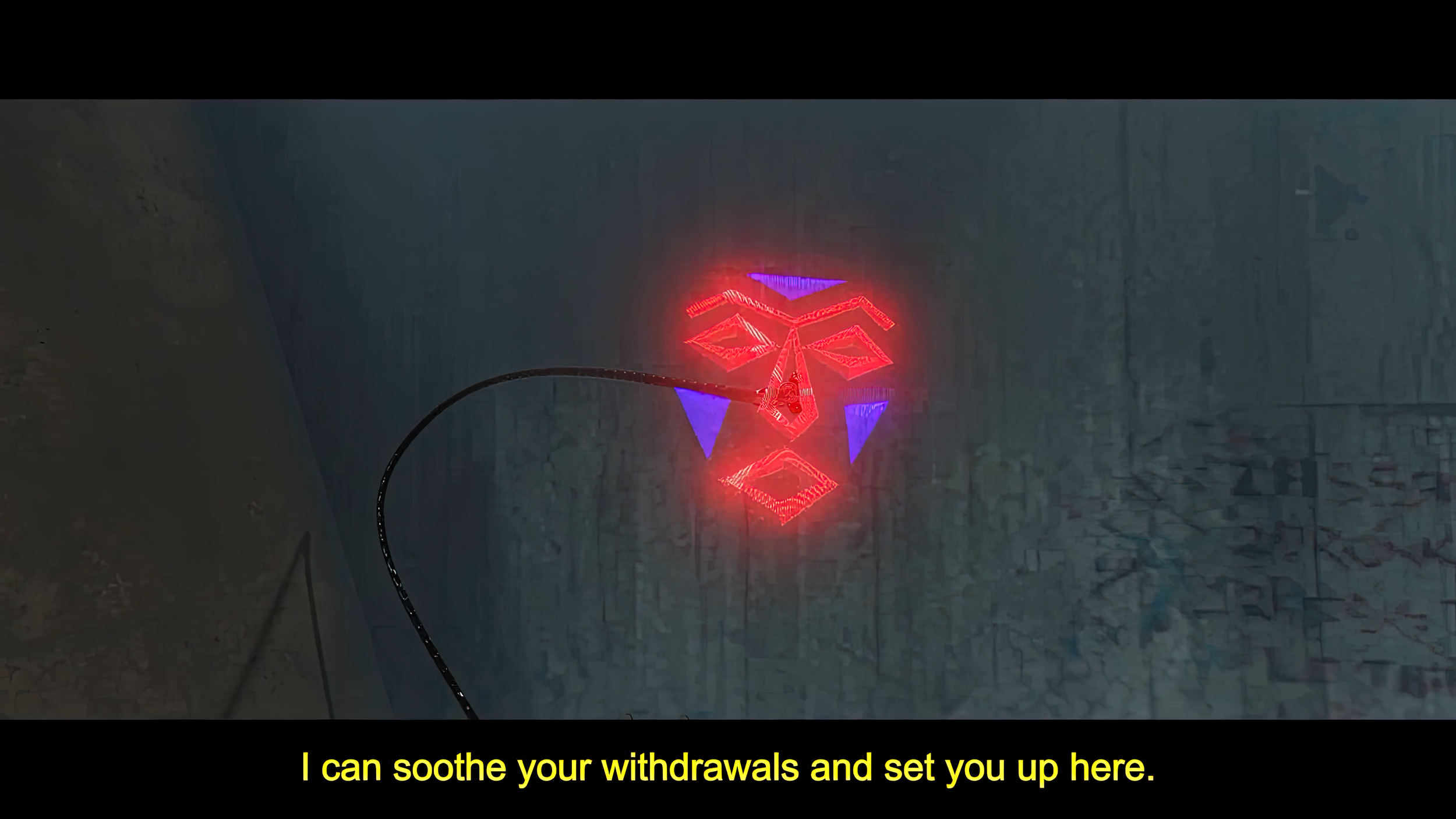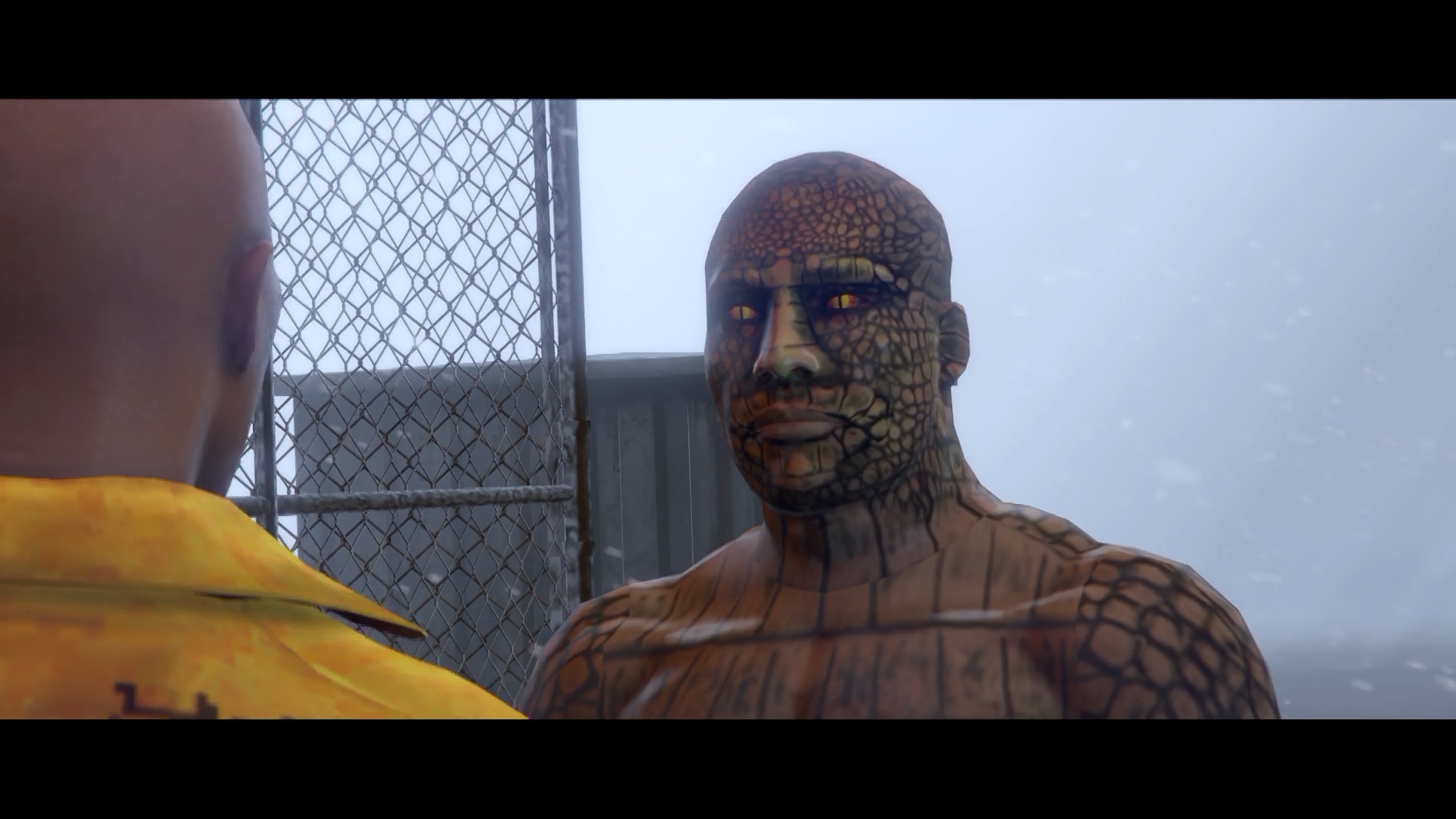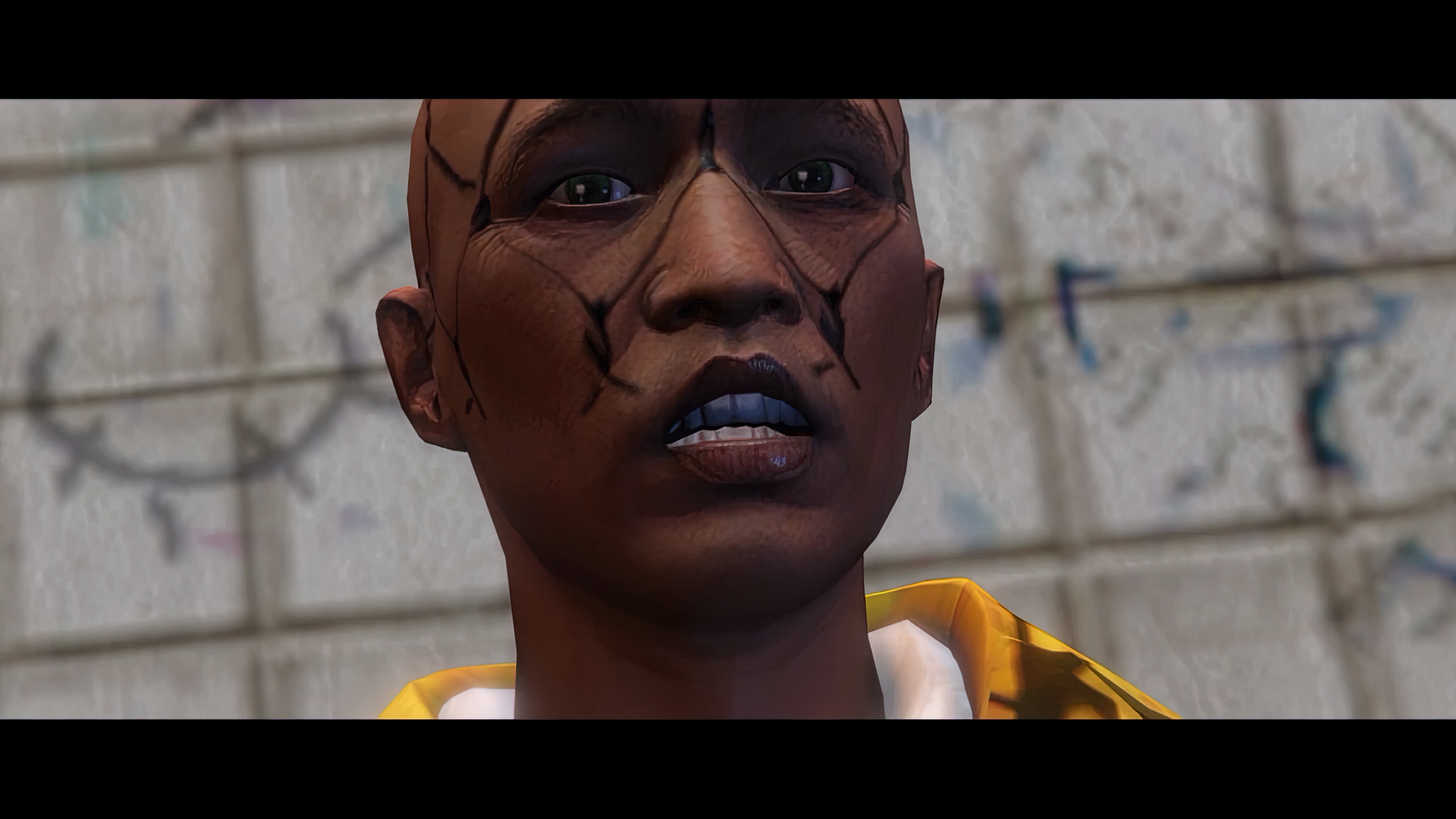Platform
digital video (1920 x 1080, Arri Alexa), color, sound, 16’ 20”, color, sound, 2021, Germany.
Created by Steffen Köhn
Platform draws from documentary interviews with freelancers on online delivery platforms, weaving their real-life experiences with elements from Neal Stephenson’s seminal 1992 cyberpunk novel, Snow Crash, which has gained iconic status in Silicon Valley. The film examines how the dystopian capitalist visions depicted in the novel mirror current capitalist dynamics. The narrative seamlessly blends the true stories of the research participants with fictional scenarios inspired by Snow Crash, creating a cyclical storyline that blurs the lines between documentary and fantasy. This technique plunges viewers into the complexities and paradoxes of modern work environments. Departing from traditional documentary styles, the film stages the drivers’ stories within a sci-fi framework, portraying their daily work struggles, prerogatives, and aspirations. Platform utilizes machinima to juxtapose live-action footage with video game based animations. This stylistic choice not only highlights the fading distinction between work and leisure but also prompts a deeper reflection on immaterial labor and value creation in today’s digital economy.
Steffen Köhn is a filmmaker, video artist, and assistant professor of multimodal anthropology at Aarhus University. He utilizes ethnography to delve into contemporary socio-technical landscapes. Köhn is the author of Mediating Mobility. Visual Anthropology in the Age of Migration (Wallflower Press, 2016). In his video and installation works, Köhn collaborates locally with gig workers, software developers, and science fiction writers to probe alternative models of technological access and power distribution. His works have been exhibited at prestigious venues including the Warsaw Biennial, Academy of the Arts Berlin, Kunsthaus Graz, Vienna Art Week, Hong Gah Museum Taipei, Lulea Biennial, The Photographers’ Gallery, and the ethnographic museums of Copenhagen and Dresden. Additionally, his films have been featured at major international festivals such as the Berlinale, Rotterdam International Film Festival, and the World Film Festival Montreal.

